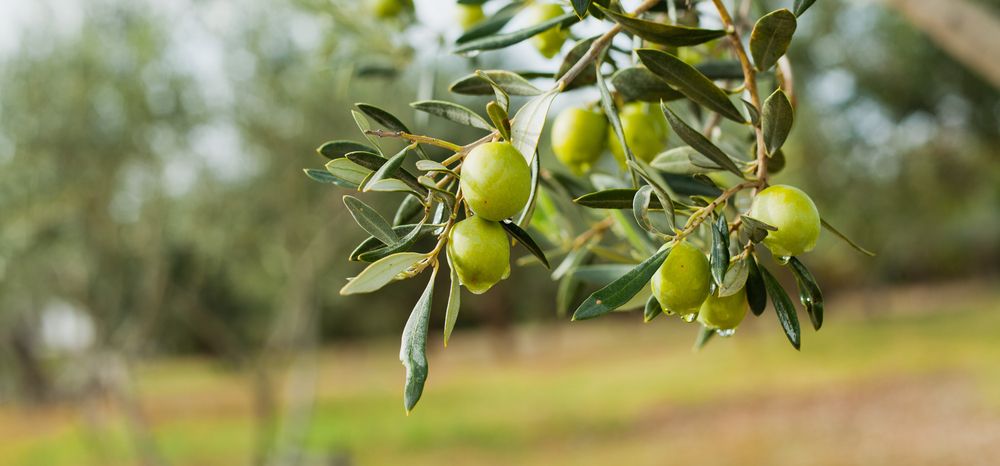
“The Romans then defeated Numidia and began colonizing the area for its grain and olive orchards,” Denova said. “At the same time, Roman businessmen settled in the area.”
Augustine, Denova said, absorbed this “romanization,” although “his communities also included the locals.”
Jim O’Donnell, the university librarian at Arizona State University and a noted Augustinian scholar, told CNA that Thagaste is “not a big historical place.” The city, he said, was likely founded in the second century, a few hundred years before Augstine’s birth.
The city was witness to a tumultuous theological period in the Church’s history. “[U]ntil 347, the city’s Christian church was controlled by the Donatist faction; at that point, an imperial commissioner with soldiers went through North Africa compelling churches to give up their Donatist allegiance and enter communion with the Caecilianist faction.”
The Donatists were a heretical sect of Christianity led by the breakaway bishop Donatus; the group asserted incorrectly that clergy must be in a state of grace in order to validly administer the sacraments. The scandalous doctrine was opposed by the Caecilianist faction — named after the Carthaginian Bishop Caecilianus — and the latter group, O’Donnell noted, was ultimately dubbed “Catholic” by Augustine himself.
“This is important because Monica grew up there and would give birth to [Augustine] seven years after that ‘conversion’ — so she undoubtedly grew up among the Donatists,” he said.